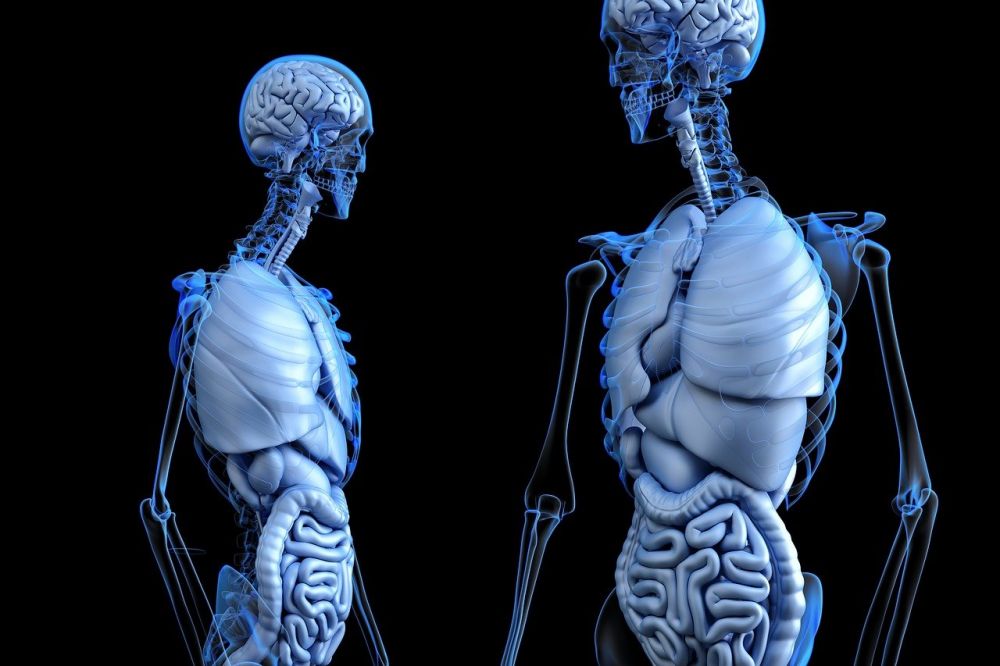Hypopressive Exercise: A Comprehensive Guide to a Powerful Training Method

Introduction
Hypopressive exercises, also known as hypopressive abdominal gymnastics or hypopressive low-pressure fitness, are a popular training method that focuses on activating the deep abdominal and pelvic floor muscles while reducing intra-abdominal pressure. This article aims to provide a thorough overview of hypopressive training exercises, covering their definition, types, popularity, quantitative measurements, differences between exercises, and a historical review of their advantages and disadvantages.
1. An Overview of Hypopressive Training Exercises

Hypopressive training exercises are a unique approach to physical conditioning that emphasizes the activation of the deep core muscles while minimizing the pressure on the abdomen. These exercises were initially developed by Dr. Marcel Caufriez, a Belgian physiotherapist, in the late 1980s as a way to address postpartum pelvic floor dysfunction. Since then, hypopressive exercises have gained popularity for their potential benefits in improving posture, reducing waist circumference, enhancing pelvic floor strength, and improving overall core stability.
2. Presentation of Hypopressive Training Exercises
Hypopressive exercises encompass a wide range of movements and techniques, each targeting specific muscle groups and promoting different benefits. Some popular types of hypopressive exercises include:
a) The Low Abdominal Training: This exercise involves a series of breath-holding techniques while performing specific postures and movements to activate the lower abdominal muscles effectively.
b) The Hypopressive Abdominal Board: This exercise employs a specialized board that allows individuals to position their body in a way that maximizes the activation of deep core muscles.
c) Standing Hypopressives: These exercises are performed in a standing position and utilize postural adjustments and breathing techniques to engage the deep core muscles.
d) Hypopressive Yoga: Combining elements of yoga and hypopressive exercises, this type of training focuses on the integration of breath control, posture, and muscle activation.
3. Quantitative Measurements of Hypopressive Training Exercises
To assess the effectiveness of hypopressive exercises, various quantitative measurements can be utilized. These can include measurements of waist circumference, pelvic floor muscle strength, and lung capacity. Scientific studies have shown that regular practice of hypopressive exercises can lead to significant reductions in waist circumference and improvements in pelvic floor strength and lung capacity.
4. Differences Between Hypopressive Training Exercises
While all hypopressive exercises share the common goal of activating deep core muscles and reducing abdominal pressure, there are subtle differences in their techniques, postures, and breath control. The choice of exercise will depend on an individual’s goals, physical condition, and personal preferences. Some exercises may target specific muscle groups more intensely, while others may focus on overall core activation or posture improvement.
5. Historical Review of the Benefits and Drawbacks of Hypopressive Training Exercises
Over the years, hypopressive exercises have been praised for their potential benefits, including improved posture, reduced waist circumference, enhanced pelvic floor strength, and increased core stability. However, it is essential to consider some potential drawbacks, such as the need for proper instruction to ensure correct execution, potential overactivation of the pelvic floor muscles, and limited research on long-term effects.
Conclusion
Hypopressive training exercises offer a unique and effective approach to training the deep core muscles while minimizing intra-abdominal pressure. With various types of exercises available and potential benefits ranging from improved posture to increased pelvic floor strength, hypopressive exercises have gained recognition among health-conscious individuals. However, it is crucial to receive proper instruction and guidance to ensure correct execution and avoid potential risks. As research in this field continues to evolve, hypopressive training exercises are likely to become a valuable addition to individuals seeking to improve their overall core strength and abdominal health.



![Ambio Helse: En omfattende guide til helseløsninger [SETT INN VIDEO HER]](https://livsstilblogger.no/wp-content/uploads/2024/01/pixabay-4948866.jpeg)

